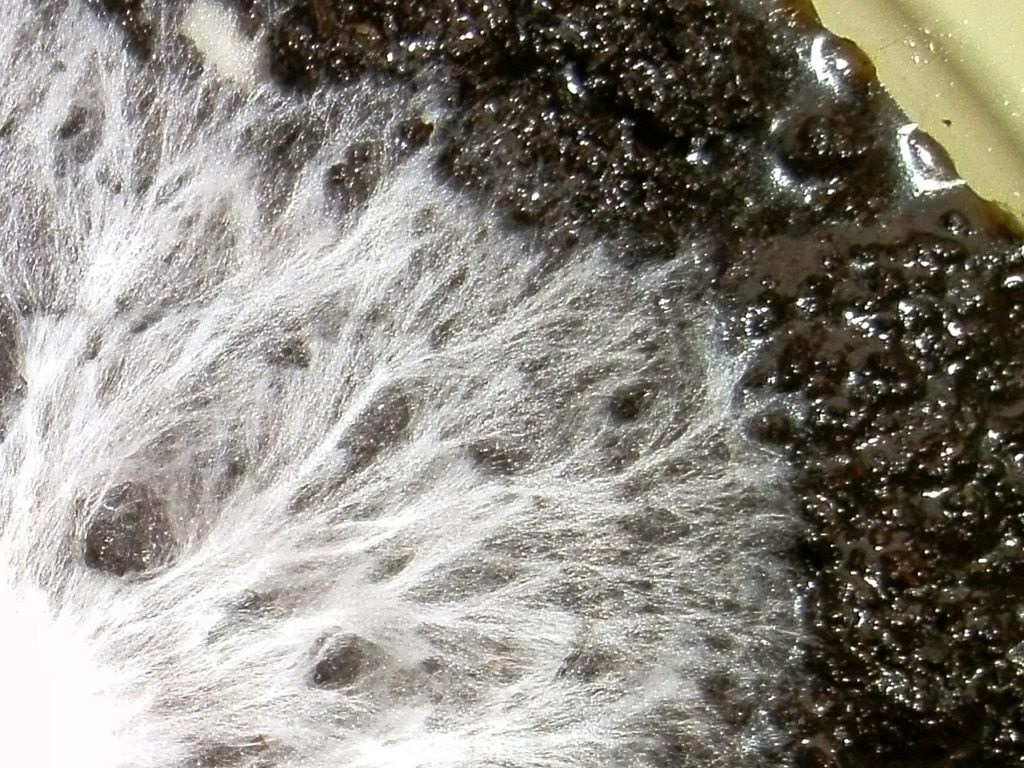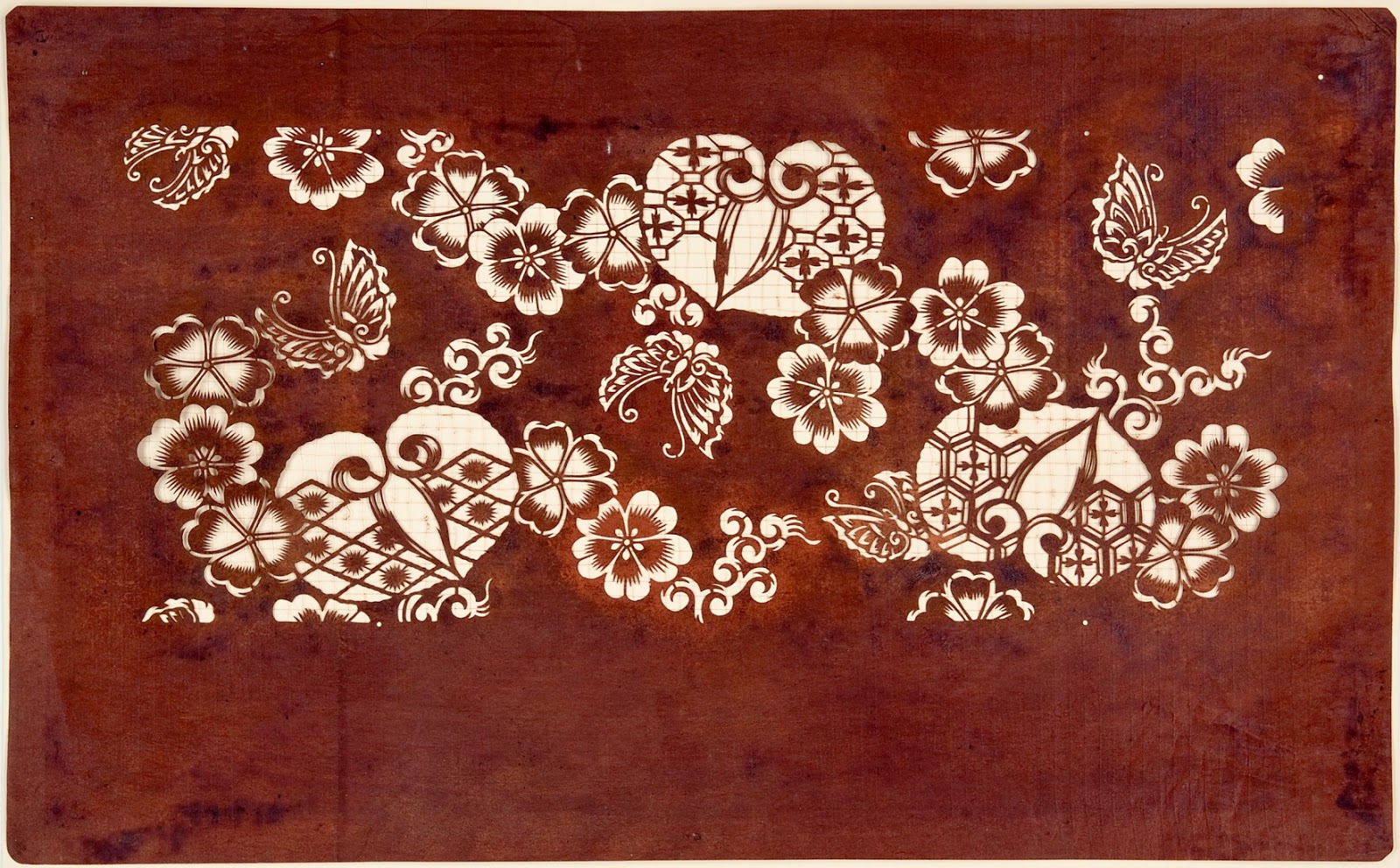Leah Orford: Foraging For Inspiration
Often students surprise us with the innovative ways in which they use MoDA's collections. Leah Orford was a Final Year student on Middlesex University's BA Design Crafts course. But how could MoDA's collection help with her final year project.....on mushrooms?
“After developing an interest in mushrooms and fungus in my second year, I decided to carry on with the theme and conduct my own research by growing my own mushrooms and documenting their development. Further research lead me to discover that the fungal root system, known as mycelium, can be used as a building material that can be grown into any shape desired under the correct conditions. I wondered if it would be possible to grow the mycelium into a thin, paper like material that could be manipulated into wearable forms.”
Well that made things a bit clearer, but what did MoDA have which might inform this type of work? MoDA’s Assistant Curator wondered whether looking at different types of paper might be a useful starting point, and thought of our collection of Japanese katagami stencils. It seemed she was thinking along the right lines:
“I have looked into other ways that organic materials have been used to create thin, paper-like structures, so was intrigued to discover the Japanese katagami stencils when I came to MoDA. The stencils are made from three thin layers of mulberry tree fibre papers (washi) that have been glued together using persimmon juice (kakishibu) , and then dyed. The paper is then cut into fragile, intricate designs in order to create the stencils. One in particular caught my attention as it followed the style of the mycelium roots that I had been looking at. This led me to want to explore the idea of layering, transparency, lamination and cutting using the thin mycelium as a potential material and visual inspiration.”
After hearing a few stories about how toxic some fungi can be, we couldn’t help wondering what impact this might have on Leah’s plans, particularly as she hoped to create mycelium forms designed to be worn next to the skin. Luckily she was already aware of these considerations:
“The mushrooms I’m using are completely safe and non-toxic, as they are normally grown for consumption. The mycelium, once grown, is left to air dry and then baked at a high temperature to kill any potential allergens. Each sample is completely pasturised before use, along with all the equipment I use and the substrate, so it’s completely safe!”
Leah’s research is a great example of what can happen when Art & Design students have the opportunity to explore rich and diverse material held in museum collections. The process of engaging with the katagami stencils revealed connections with her own creative practice, and provided fresh inspiration to move the work forward in new and exciting ways. It’s a process which happens repeatedly when people engage with our collections creatively, but which is sometimes difficult to articulate.

